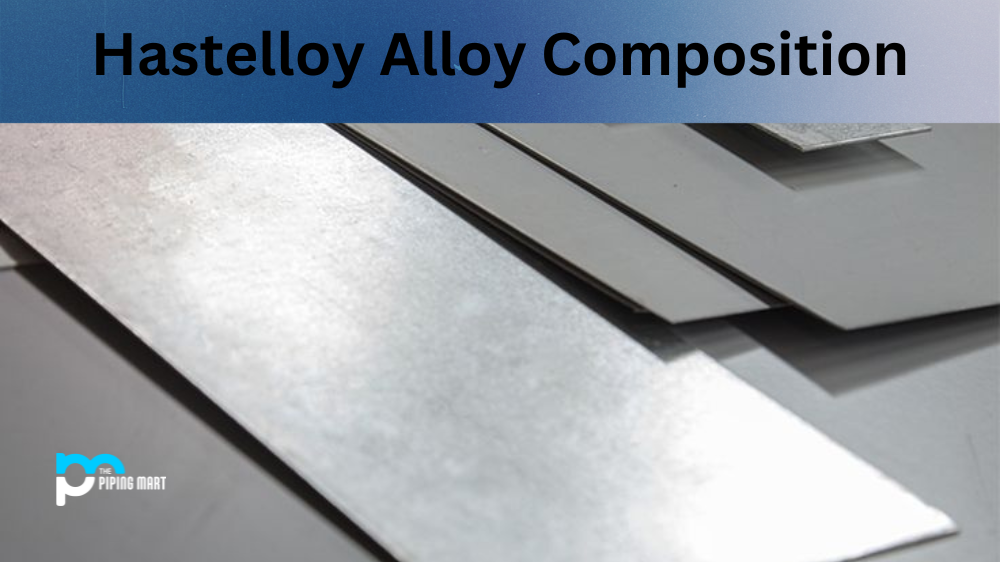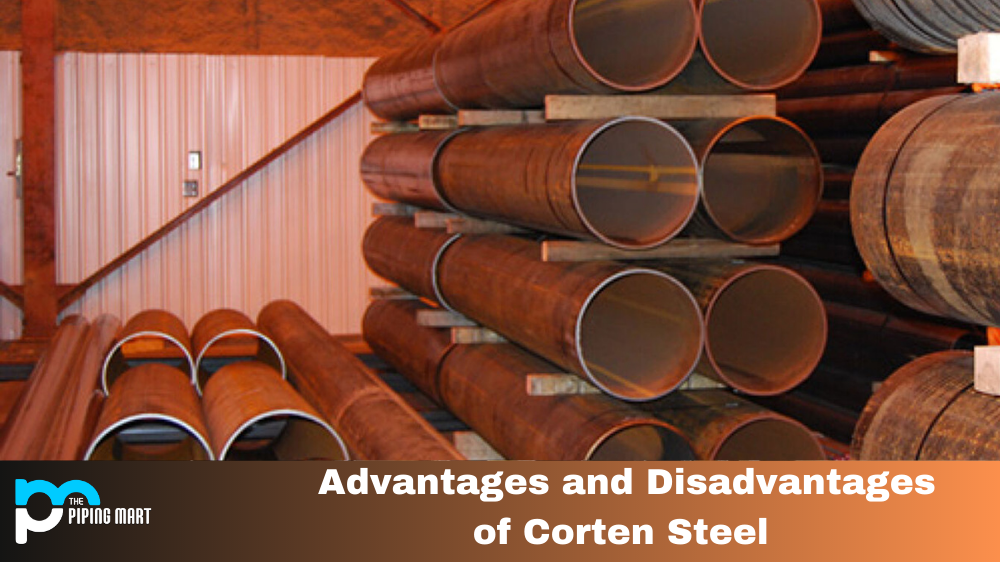If you are looking for ways to enhance, protect, or improve the appearance of metal products, then you may have heard of electroplating and electroforming. Both processes involve creating a thin layer of metal onto an existing surface. But what is the difference between electroplating and electroforming? Let’s take a look at these two processes to better understand their differences.
What is Electroplating?
Electroplating is a process by which metal ions in a solution are transferred to an electrically conductive object. The metal ions form a thin layer on the surface of the object, resulting in improved corrosion protection, wear resistance, electrical insulation properties, or enhanced aesthetic qualities. It can be used on a variety of metals including copper, brass, nickel, zinc, silver and gold. To ensure the best possible results with electroplating it is important to use an experienced plater who can advise on the most suitable materials for your application and monitor the plating process to ensure its successful completion. Electroplating is a process that uses an electric current to coat a metal with a thin layer of another metal. This process is used to give metals a decorative finish, to prevent corrosion, or to build up wear-resistant surfaces
What is Electroforming?
Electroforming is similar to electroplating but involves using electricity instead of chemicals. During this process an electric current passes through a metal solution containing dissolved metallic salts that are attracted to an electrically charged surface such as an electrode or dielectric material (e.g., resin). As opposed to electroplating where only one layer of metal is added onto another material’s surface during plating; with electroforming multiple layers are built up gradually until the desired shape is achieved. This makes it ideal for creating intricate parts with complex geometries that could not be achieved through traditional manufacturing techniques. It can also be used for restoring damaged components or creating new ones from scratch using only electricity and the power of attraction!Electroforming is a process that uses an electric current to deposit a metal onto a substrate. This process is used to create intricate shapes and structures, or to build up thick layers of metal.
Difference Between Electroplating and Electroforming
The main difference between electroplating and electroforming is the thickness of the deposited metal. In electroplating, a thin layer of metal is deposited onto the surface of the substrate, while in electroforming, a thicker layer of metal is deposited.
Advantages of Electroplating
One advantage of electroplating is that it can be used to coat metals with a wide range of different metals. This allows for a great deal of flexibility in terms of the aesthetic properties of the finished product. Additionally, electroplating can be used to create very thin layers of metal, which can be useful for preventing corrosion or creating wear-resistant surfaces.
Advantages of Electroforming
One advantage of electroforming is that it can be used to create very intricate shapes and structures. This process can also be used to build up thick layers of metal, which can be useful for creating heavy-duty components or for repairing damaged surfaces.
Disadvantages of Electroplating
One disadvantage of electroplating is that it requires the use of toxic chemicals, which can be harmful to both human health and the environment. Additionally, electroplating can only be used on conductive materials, which limits its applications.
Disadvantages of Electroforming
One disadvantage of electroforming is that it is a slow process, which can make it impractical for some applications. Additionally, this process can only be used on conductive materials, which limits its applications
Conclusion:
In summary, both electroplating and electroforming are effective ways to enhance the properties or aesthetics of metals but they serve different purposes depending on your needs. While electroplating provides a thin layer onto existing surfaces such as copper or brass; electroforming allows you more freedom in terms of design as it builds up layers slowly until achieving complex shapes that would otherwise be too difficult or costly to manufacture conventionally. We hope this article has helped you gain a better understanding of these two processes so that you can make informed decisions when selecting either one for your next project!

A passionate metal industry expert and blogger. With over 5 years of experience in the field, Palak brings a wealth of knowledge and insight to her writing. Whether discussing the latest trends in the metal industry or sharing tips, she is dedicated to helping others succeed in the metal industry.




